
Ever get that feeling in your stomach that you’ve wandered into someplace you shouldn’t?
That’s what I felt as the road I was driving began to funnel me toward a secured entrance with guards stopping all incoming vehicles. Unsure of what to do, I rolled down my window and explained to the guard that I was just trying to get to Bandelier National Monument. I didn’t mean to roll up to the front door of the birthplace of the atomic bomb.
Luckily, he wasn’t as freaked out as I was to find myself at Los Alamos National Laboratory, a federally funded research and development center charged with ensuring America’s security “through nuclear deterrence.” After checking my ID and probably logging me into some system, he told me to keep driving straight ahead until the road ended, then take a left, and follow the signs to Bandelier.
While Bugs Bunny would have told me I should have taken that left turn at Albuquerque, I was making a day trip from an Earthship stay in Taos, just an hour and a half drive away. And instead of following the helpful directions on Bandelier National Monument’s website that would have told me to turn onto NM-4 before reaching Los Alamos, I had made the mistake of letting the GPS guide me.
What to See and Do at Bandelier National Monument
Many, many years, like 11,000 or so, before the physicists came to this part of northwest New Mexico, Ancestral Pueblo people began to carve homes in the dramatic cliffs of Frijoles Canyon. Using hand tools, they enlarged openings in the porous volcanic tuff (rock formed from ash) to create cavates and used blocks of it to build apartment-like homes in front of them.
Today, Bandelier National Monument protects part of the ancestral and traditional lands of at least 23 tribal nations while giving visitors the chance to see their former homesites up close. The Pueblo Loop Trail that runs behind the visitor center is very accessible, with some parts paved, but to go inside the cavates (cave-like rooms) you have to climb some ladders - short ones if you stick to the loop, but for real adventure turn onto the Alcove House trail at about the half-mile mark.
Alcove House is located 140 feet above the floor of Frijoles Canyon. Once home to approximately 25 Ancestral Pueblo people, the elevated site is now reached by four wooden ladders and a number of stone stairs. And there is a tight squeeze between some boulders to navigate, but the view out at the canyon is well worth the effort.
If all the hiking and climbing works up an appetite, you’re in luck. There is a full-service restaurant next to the visitor center with a menu that includes green chile cheeseburgers, salads, and sandwiches. It’s generally open 9am to 4:30pm. I chose a BLT and was glad I took their recommendation to add some avocado to it - the BLAT was delicious.
If you go in summer, like I did, the crowds can fill the parking lot by the visitor center pretty quickly. Despite my detour through Los Alamos, I was early enough to beat them, but there is a shuttle service from another parking lot that runs from mid-May to mid-October. There is no charge for riding the shuttle, but there is an entrance fee of $15-$25 to enter the park, and I encourage you to get your America the Beautiful pass to cover that.
There are several options for camping at Bandelier and many more trails to be explored, but I had another stop I wanted to make before heading back toward Taos.
Why Visit Valles Caldera National Preserve
If you think stepping inside 11,000-year-old homes is going way back in history, let me take you back 1.2 million years to the creation of that volcanic tuff the homes were dug out of.
Adjacent to Bandelier is Valles Caldera National Preserve, an 88,900-acre park located 3,500 feet above the Frijoles Canyon. As the name implies, it encompasses a massive caldera – a large depression formed when a volcano erupts and then collapses. The caldera is dormant, but not necessarily extinct. Scientists from Los Alamos constantly monitor it for seismic activity and say it is “remarkably quiet,” but there are hot springs and openings in the area where boiling sulfuric acid escapes, to remind us that it isn’t totally dead.
You won’t see those geologic features near the Welcome Station, though. The preserve, established in 2000, is a relatively new unit of the National Park Service, so many of the trails, roads, and points of interest aren’t even clearly marked yet. It would take a higher clearance vehicle than I had, and probably some backcountry hiking, to get to the springs. But I was happy to enjoy the central meadow lands and a short hike by a cool creek.
In that meadow, I caught a glimpse of New Mexico's second-largest elk population. They, along with turkeys, prairie dogs, coyotes, badgers, black bears, bald and golden eagles, red-tailed hawks, and kestrels, call this preserve home.
This abundance of wildlife and a supply of volcanic obsidian for toolmaking attracted ancient hunters and gatherers, and continues to draw hunters today. There is an annual lottery/drawing, managed by the New Mexico Department of Game and Fish, for both elk and turkey hunting in the preserve.
But during the time of Spanish settlement through the 19th century, much of the land was used for sheep and cattle grazing, as well as timber harvesting that decimated its forests. These practices continued while the land passed through many private owners, until its final owner recognized the need to preserve the land's beauty. Today, Valles Caldera is a national experiment in new methods of public land management and is a living laboratory of ecological restoration.
Following a ranger’s advice to take an unmarked trail from the meadow, past a cabin built for filming of the movie The Missing, and into a spruce-fir forest, I felt my own personal restoration. It’s definitely a place that deserves more time to explore. Add it to your list next time you’re in the mood to get away from it all.
And if you do have an interest in nearby Los Alamos National Laboratory, keep in mind that while it is a working national security laboratory and not open to the public, there are several Manhattan Project visitor centers, historic sites, museums, and points of interest around the city of Los Alamos itself.
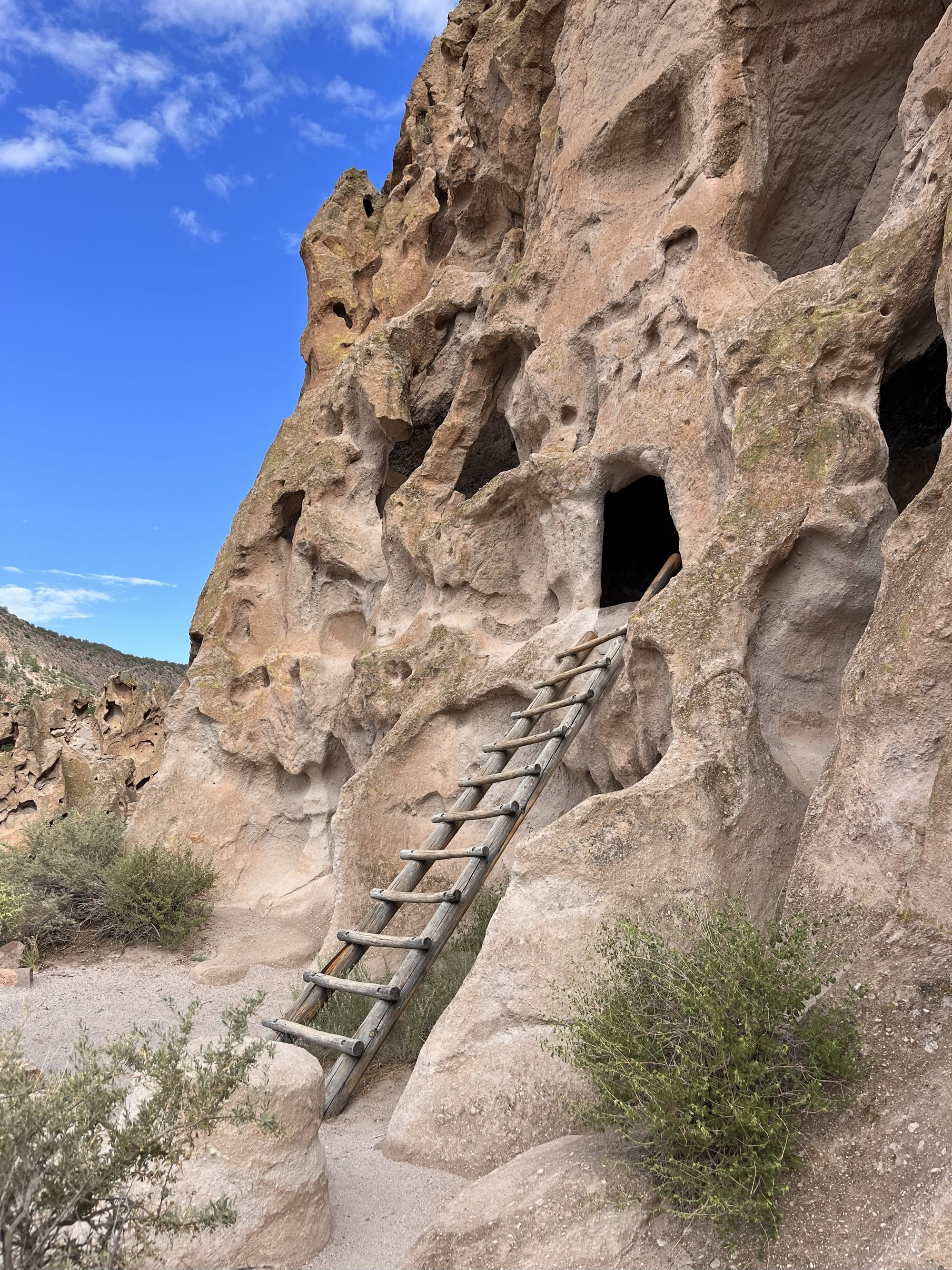
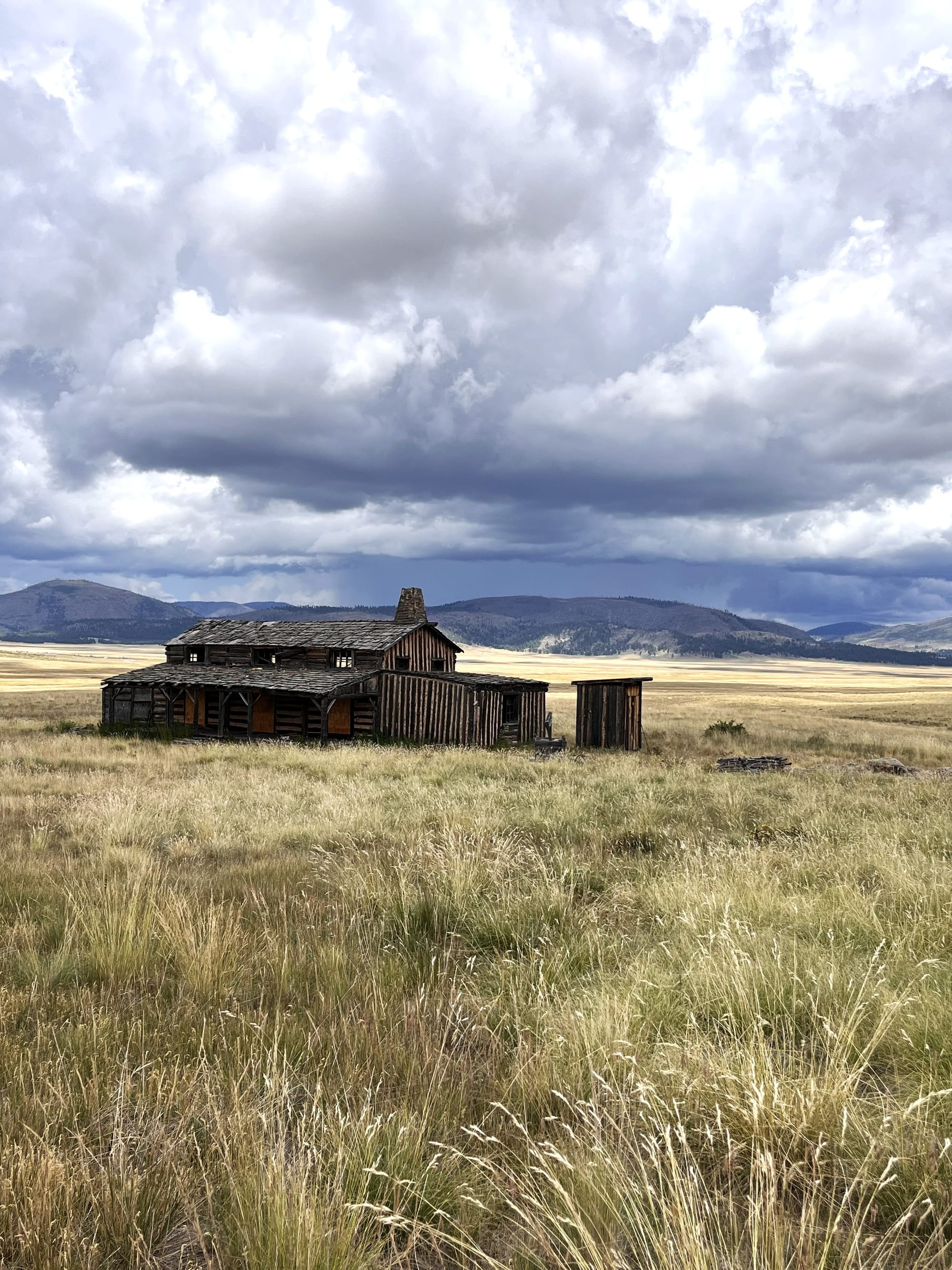
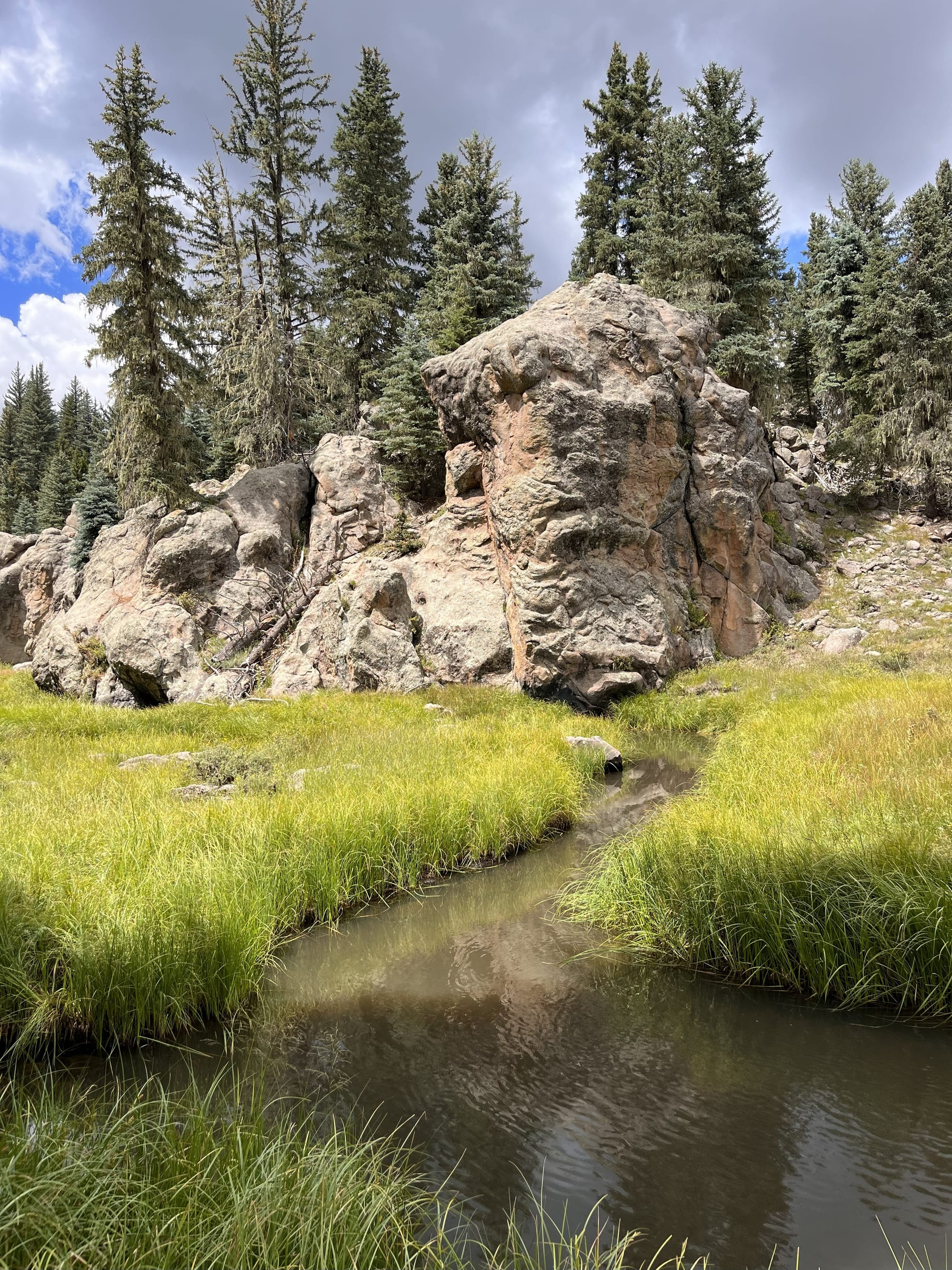
Wooden ladders allow you to enter the Ancestral Pueblo people’s homes in Bandelier National Monument, a movie prop cabin looks right at home in Valles Caldera National Preserve, and past it, a creek leads toward an alpine forest. © Laura Pevehouse



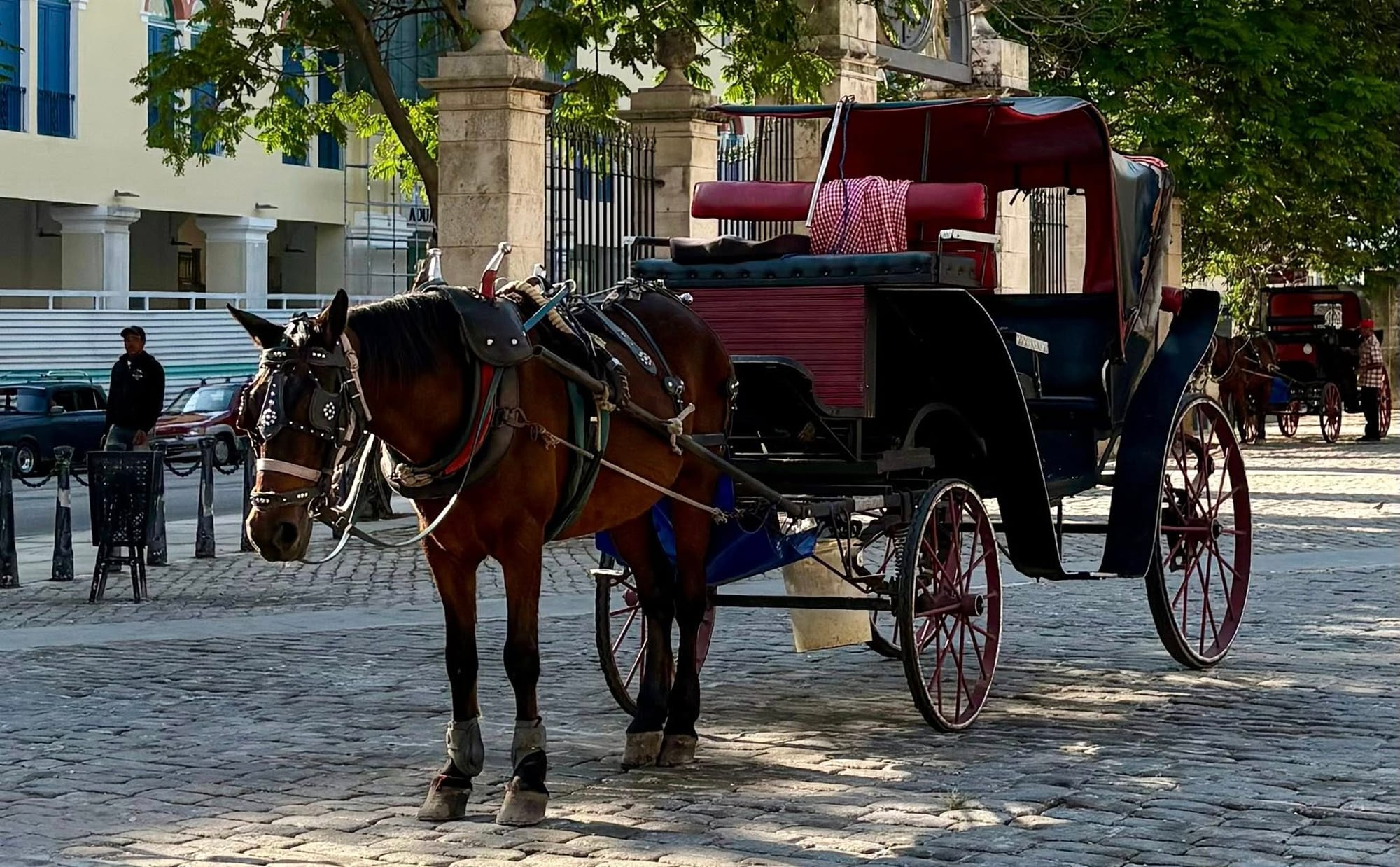
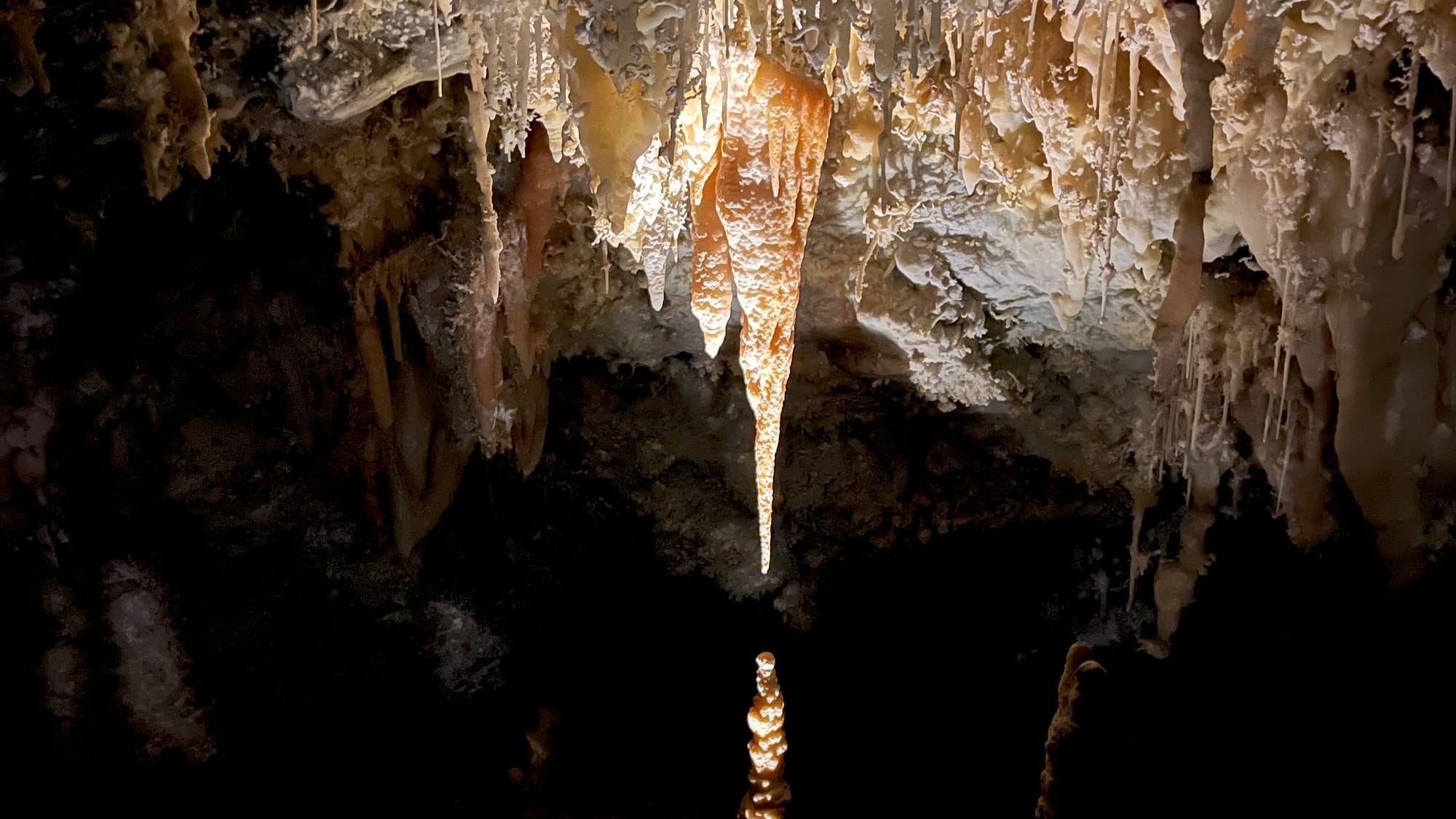
Comments